All your holiday planning needs in one place, letting you book direct and benefit from official online rates
- Places to go
- Things to do
- Book your trip
- Get Inspired
- More
- BACK
-
-
Using the town of Chania as your base, this extraordinarily diverse region of Crete spreads out before you. An 8-day road trip introduces you to the best experiences in Chania, from swimming and watersports to hiking in the mountains. You will also taps into the authenticity of the famously welcoming locals and their traditions.
The itinerary can be enjoyed any time from April to October, with the quieter and cooler months either side of peak summer being even more special. Feel free to lengthen or shorten it depending on your time and interests. And note that all distances include daily return journeys to Chania town, which you can opt not to do if you find nearby accommodation along the way. So strap in as we set out to discover the very best of Chania.
Whether you pick up a car at Chania Airport (50min flight from Athens) or arrive by boat from Piraeus (around 8hrs to the Port of Souda), the first day of your road trip in Chania will be spent largely on foot. Chania Old Town has everything to get you in the mood – culture, monuments, shops and a wonderful introduction to the food you’ll enjoy throughout your stay.
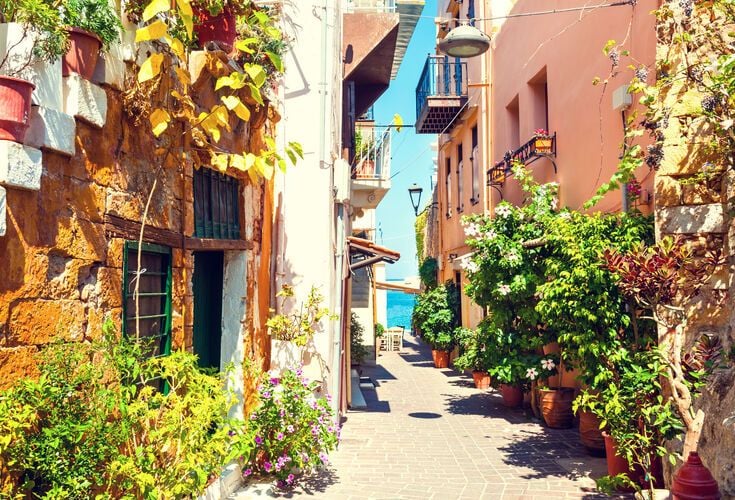
All the history, charm and life of Chania is packed into the old town, where you could spend hours exploring the picturesque little alleyways and shops and cafes. There are remnants of Chania’s rich history everywhere – the Grand Arsenal by the dockyards, the Giali Tzamisi Mosque and the Venetian Firkas Fortress (from where you’ll catch your first glimpse of the harbour and Chania’s White Mountains) amongst them.
Explore Chania Old Town
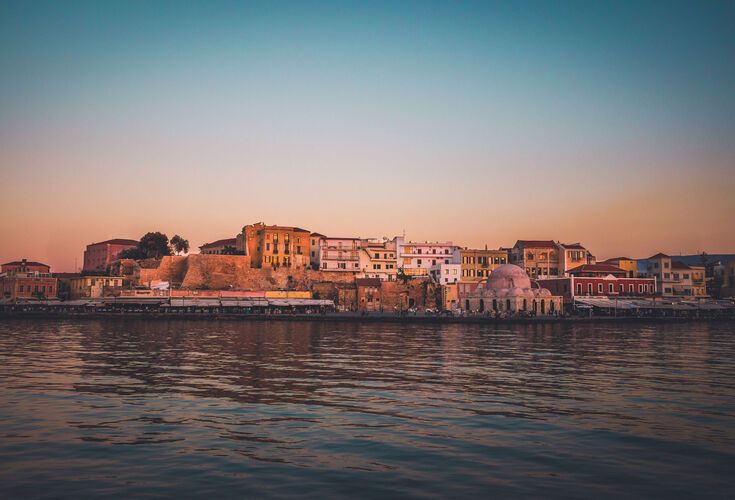
Without a doubt, the most romantic setting in Chania’s Old Town is the Venetian harbour, built in the 14th century. It became central to the naval resistance against and the Turks and Chania flourishing as a commercial hub. Don’t miss the Neoria (narrow, stone buildings once serving as ship repair yards) and the iconic lighthouse, introduced by the Venetians at the turn of the 17th century and finished by the Egyptians in the 1830s.
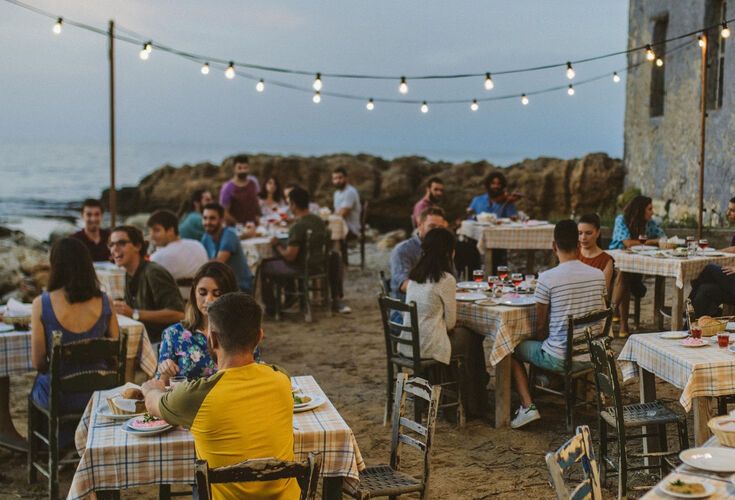
For a hidden gem in which to enjoy your first meal, head to Tabakaria on the eastern outskirts of town. The district was famous for its tanneries in the early 19th century, with many of the buildings once used to process leather hides still standing and some having been renovated. It’s a wonderfully atmospheric setting for a seaside meal.
Images of the impossibly beautiful lagoon of Balos, on the north-westernmost peninsula of Crete, have travelled the world – and with good reason. It can be visited by boat but driving there and walking down to the beach is the best way to enjoy the Natura 2000-protected landscape. Prepare to be wowed! A day trip here is one of the top experiences in Chania.
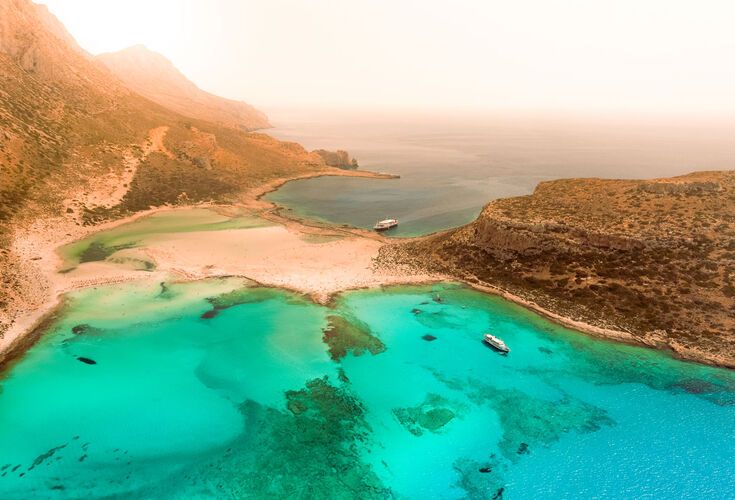
The exotic greens and blues and sweeping sandbanks of Balos beach are what first catch the eye, but it’s worth exploring once you’re here. The plant life is perfectly adapted to this corner of Crete and the snorkelling – especially where the lagoon becomes deeper – is magical.
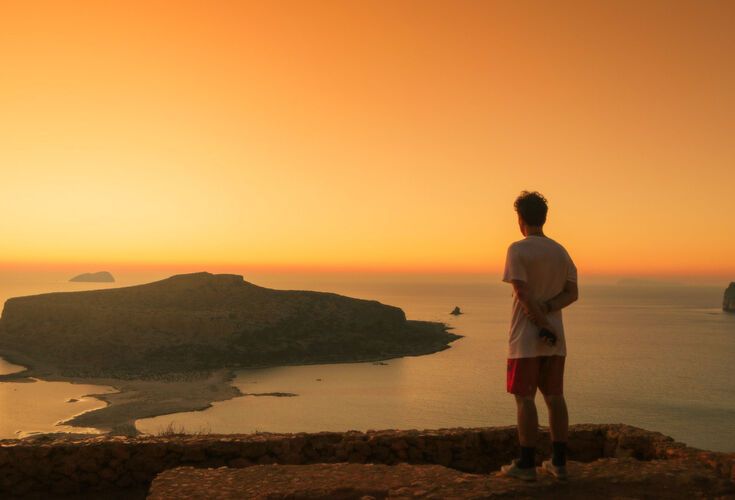
It’s worth spending the day at Balos – not just to enjoy the beach but to leave as the sun is setting. There’s a viewpoint on the 1km walk back up to the car park, from where you can have one last (loooong!) look at the lagoon and appreciate all those colours in the setting sun. Those shimmering flecks of pink in the sand… they’re from crushed shells.
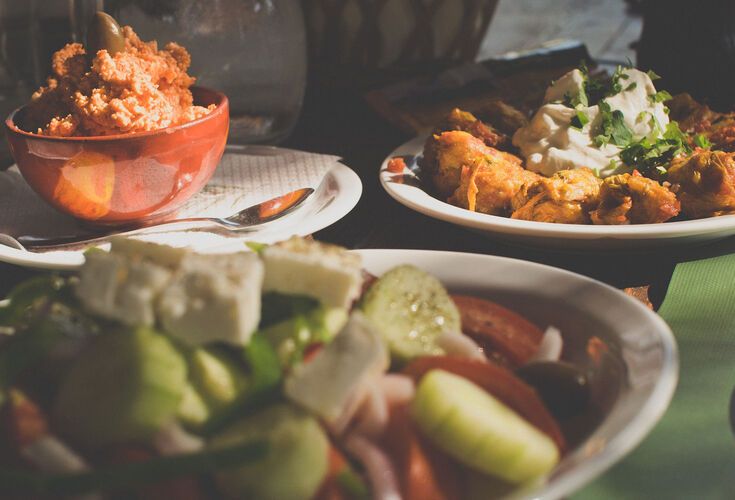
For a glorious taste of authentic Cretan cuisine stop at Kalyviani village, a short drive along the road back to town. It’s a sleepy village of around 300 residents with some excellent, family-friendly restaurants. Look out for the local dishes cooked in the wood-fired oven. They’re heavenly.
Elafonisi is Chania’s other pin-up beach and, as beauty queen beaches go, it takes some beating. This time you drive to the southwestern tip of Chania and your reward is a paradise of fine white sand and shallow turquoise water. Sometimes Elafonisi is an island you can reach by wading through knee-deep water and sometimes it’s connected to the mainland. But it’s always heart-meltingly beautiful.
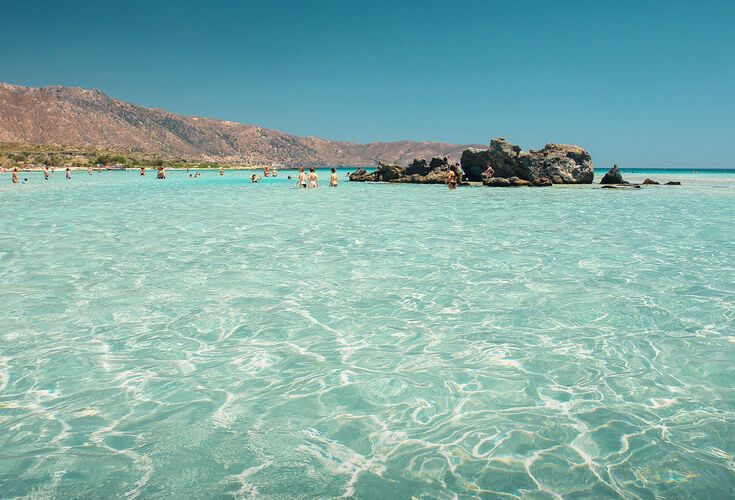
There’s an organised side to Elafonisi beach on the mainland, on which you can find amenities to stay the whole day, but make sure you explore the entire area, which is also Natura 2000-protected. Amongst the sand dunes, you’ll find rare plants and there are plenty of coves for privacy.
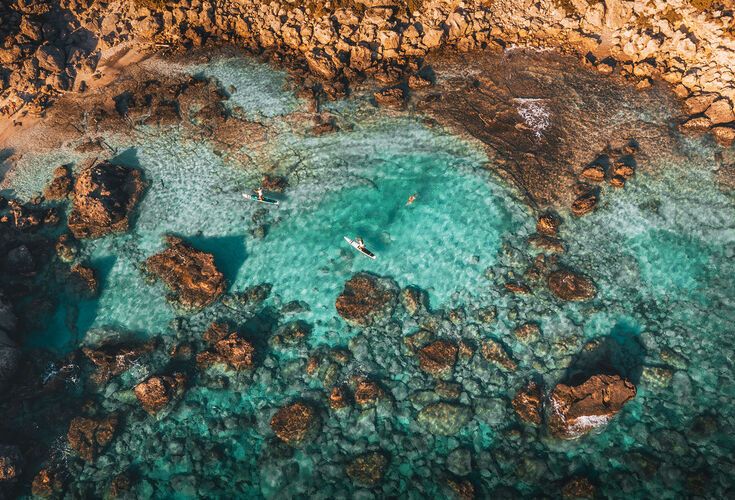
There’s another (far less known) swathe of paradise nearby. Kedrodasos means cedar forest – although the trees from which the beach takes its name are actually junipers. To get the most out of this dreamy beach, hire a Stand-Up Paddleboard and explore the cove. The sense of escape is magical. (A tip for those who prefer something even more active than SUP: Falasarna Beach, in northwest Chania, is a surfing hub.)
No Chania road trip is complete without exploring the coastline, so you’re off to Chora Sfakion on the south coast today. It is a 73km (1hr25) drive but once you’re there you can sit back and enjoy an all-day boat excursion. A tip is to visit the Douroundous Bakery in town and stock up on local delicacies before setting off.
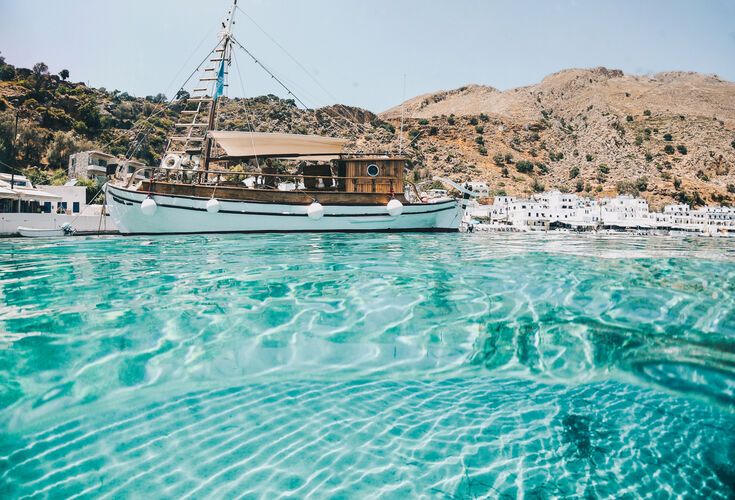
Most boat excursions from Chora Sfakion head to Loutro. It’s not only one of Chania’s most atmospheric settlements but is even more special because it’s only accessible by sea. You’ll be seduced by the crystal clear water, whitewashed houses and smell from the fish tavernas on the waterfront.
Boat trip to postcard-pretty Loutro
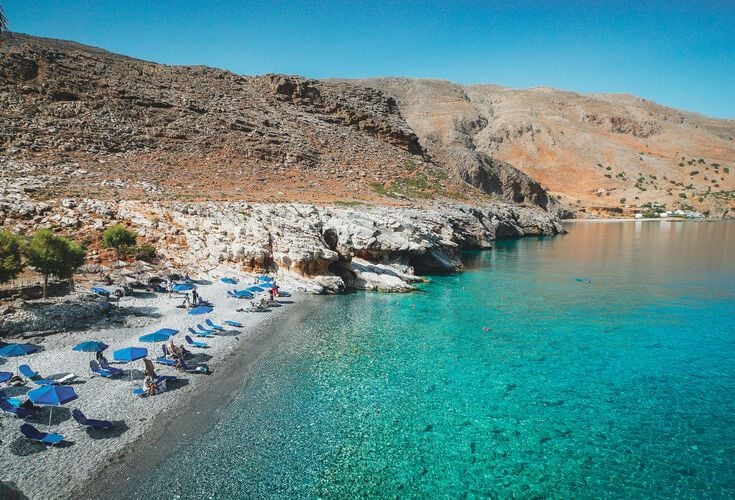
If you want to swim with an even greater sense of seclusion, pick a boat that also takes you to the beach of Marmara, just up the coast. The compact, pebbly beach has fantastically clear water and a view of the Aradena Gorge. (The other way to get there is a 6km hike.) There’s a very good taverna just above the beach.
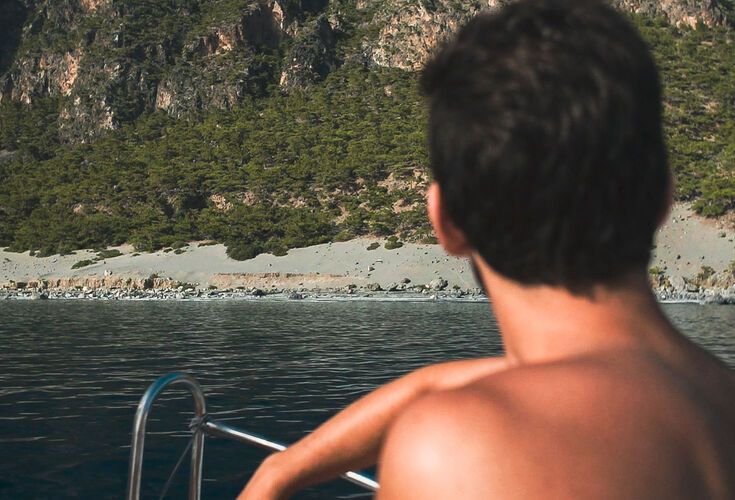
Agia Roumeli is famous as the end-point of the Samaria Gorge and, other than completing the 16km walk down the gorge, it is only accessible by boat. You will be able to enjoy an afternoon swim with a dramatic backdrop of the famous gorge.
With your first sight of the Lefka Ori (as the mountains are known in Greek), you’re overtaken by the urge to explore. The entire Cretan landscape is perfect for outdoor activities but no setting is more gripping than the island’s tallest mountain range (reaching 2,450m), which is the setting for so many of the best experiences in Chania. More than 50 peaks rising above 2km. Distance: 86km
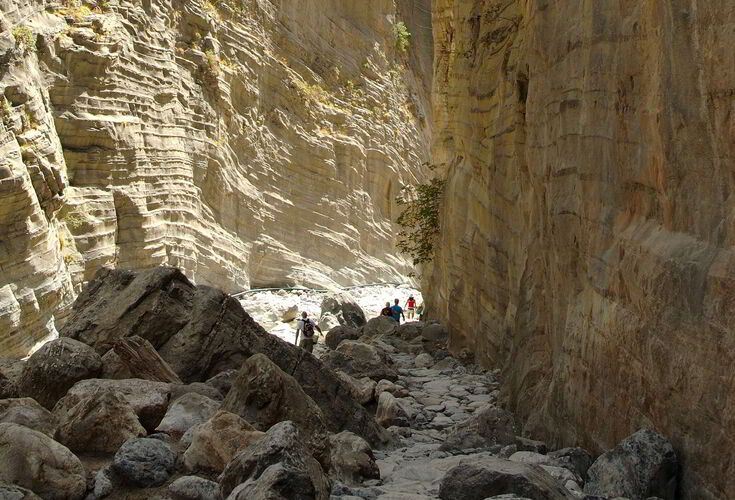
Covering the full length of the Samaria Gorge is one of the great hiking trails of Europe and an experience no ‘best of’ list of Chania could ever be without. But you don’t need to walk the full distance to feel its majesty. Arriving at Xyloskalo, the starting point of the trail, you can head through the pine forest in the first part of the walk to the chapel of Agios Nikolaos (4km) and back and fully enjoy the UNESCO-protected reserve.
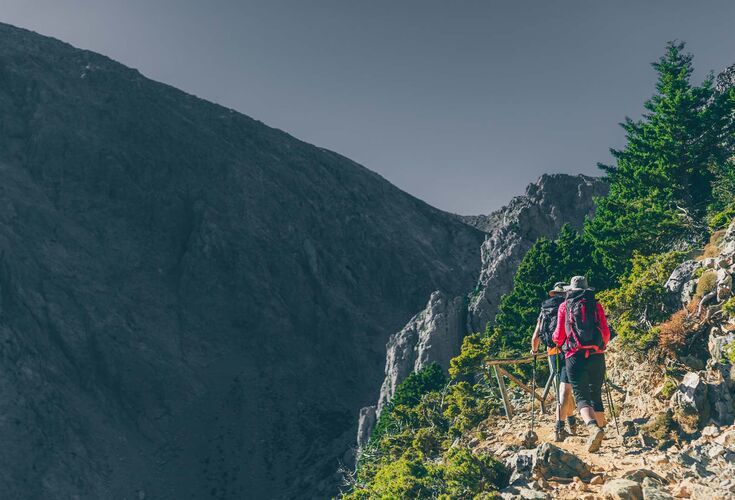
If you’re looking for a lesser-known but equally epic way to enjoy the White Mountains, the Gigilos Trail is a great local tip. Using the Kallergis Refuge (northeast of Xyloskalo) as your base, the trail offers big, big views and a feeling of total isolation. You could hike or even bring mountain bikes from Chania.
Dedicating a day to the best culinary experiences of Chania is a must. For Cretans, food is a way of life, with an emphasis on simplicity, sustainability, fresh local produce, respect for tradition and (most importantly) generosity. Three stops are suggested here. The total distance is for all three but you can choose one or two and build your day around that.
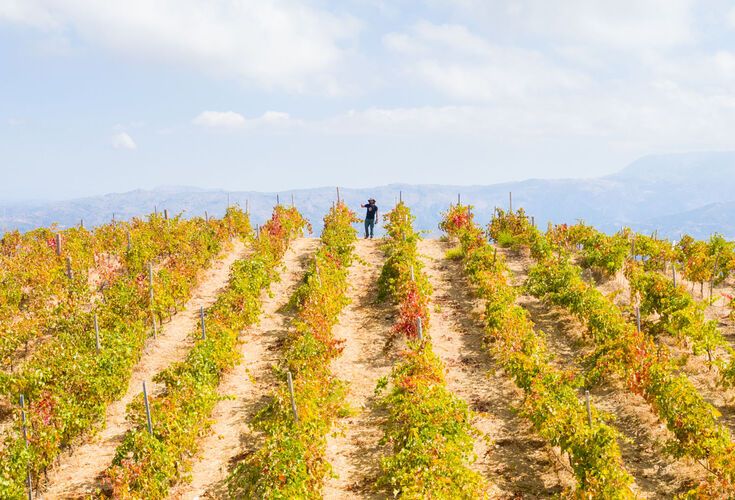
Wine-making in Crete goes back thousands of years and vineyards (often cultivating indigenous grape varieties) can be found in the foothills of the White Mountains and the outskirts of villages of Chania. A wine-tasting and a vineyard tour are the best way to learn about Chania’s rich viticulture history and delicious reds and whites. In the village of Vatolakkos, there’s Manousakis Winery, which is dedicated to organic production. If you’re feeling adventurous, take the off-road vineyard tour. You’ll love it.
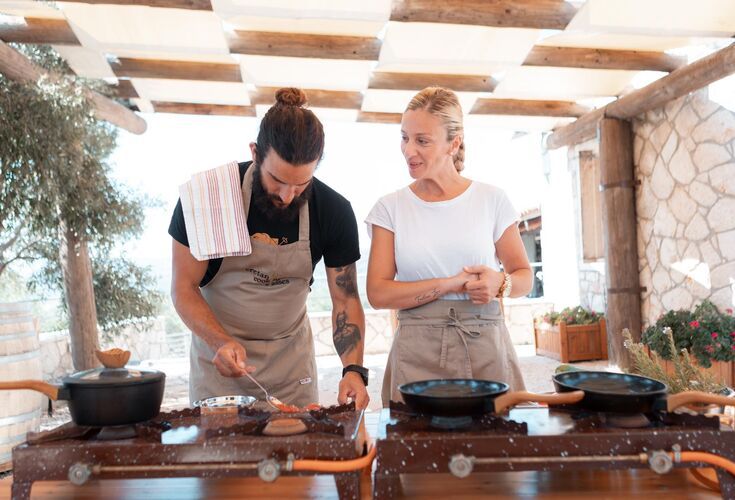
Local artisan cheeses, honey, meats sourced from nearby farmers and a whole load of other seasonal produce come to life as you learn the secrets behind local combinations and cooking techniques – accompanied, of course, a glass of tsikoudia (firewater) made in a seasonal distillery. There are plenty of cookery classes to choose from, with The Olive Farm, in the village of Litsarda, being a great option.
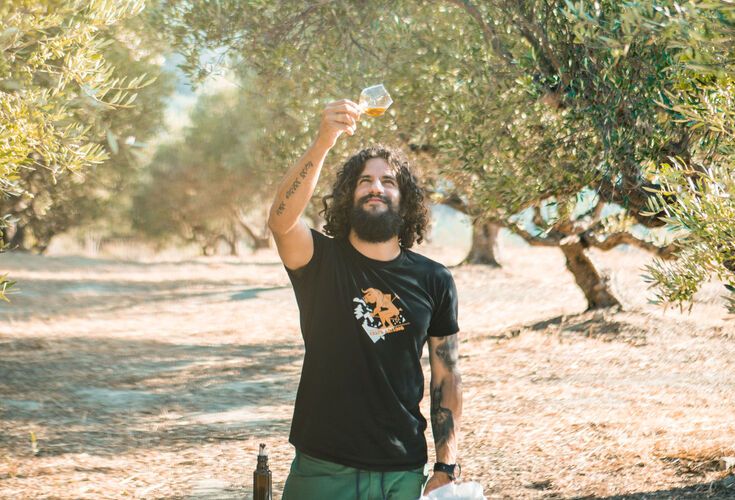
No kitchen in Chania is complete without a bottle of local olive oil. There’s something primal about olive oil in Chania. You feel it in olive groves right across the countryside and taste it the traditional stone-milled, extra-virgin olive oil. Head to Biolea, in Kolympari, and discover why olive oil production in Chania is an art form.
The best of Chania, when it comes to authenticity, is found in the villages. Some are mountainous and others coastal, and all capture the essence of Chania: the traditions, customs, contact with nature and the gloriously slow living of locals who greet you like an old friend. So the next two days are dedicated to exploring some of the 34 Apokoronas villages. You’ll be rewarded over and over.
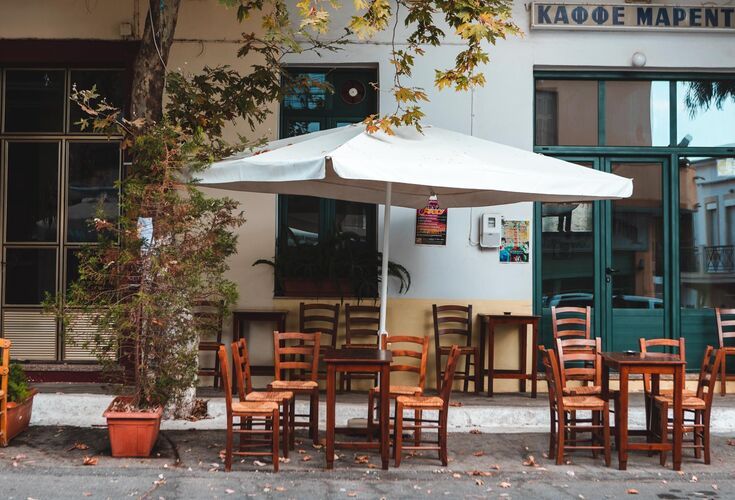
A natural starting point to your day village-hopping in Chania, mountainous Vamos is the biggest of the Apokoronas villages, with plenty of shops with local products and alleyways to explore. There’s also an excellent cheese factory and a 13th-century chapel to visit and, each July, Vamos hosts one of Crete’s largest jazz festivals.
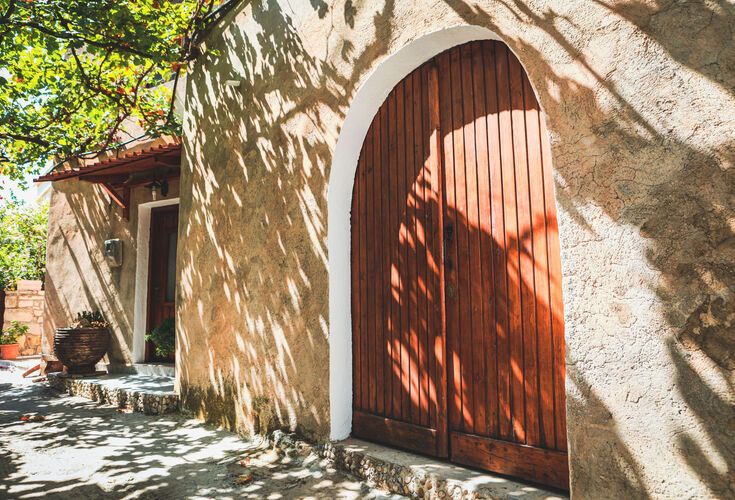
With around 200 residents, there’s a wonderfully cosy village feel to Douliana, with traditional stone houses and a tiny church. You’ll love the views of the Bay of Souda and the White Mountains and there is a handful of short walking paths that set out from the village, including one to Gavalohori.
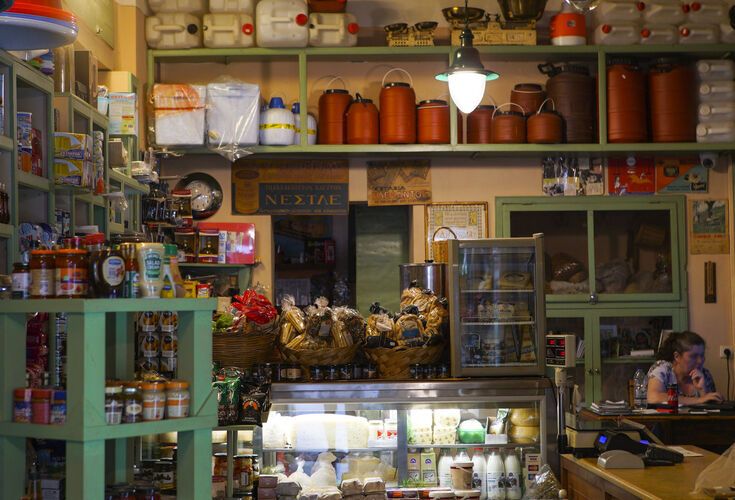
Whether you arrive by foot or car, you’ll be greeted by authentic stone houses, cobblestone streets and quaint coffee shops in Gavalohori village. Order yourself a traditional coffee and make a point of speaking with the locals. There’s a Folk Museum with a collection of local costumes, old coins and items of everyday village life from days gone by.
You’ll already have discovered why spending just one day in the Apokoronas villages isn’t enough. So after returning to Chania town for the night (or better still, overnighting in one of the villages), you’re heading back out village-hopping. You’ll appreciate the architecture, watermills, churches, handmade local products and energising locals all the more – as well as the countryside, which has more than a hint of the Tuscan about it.
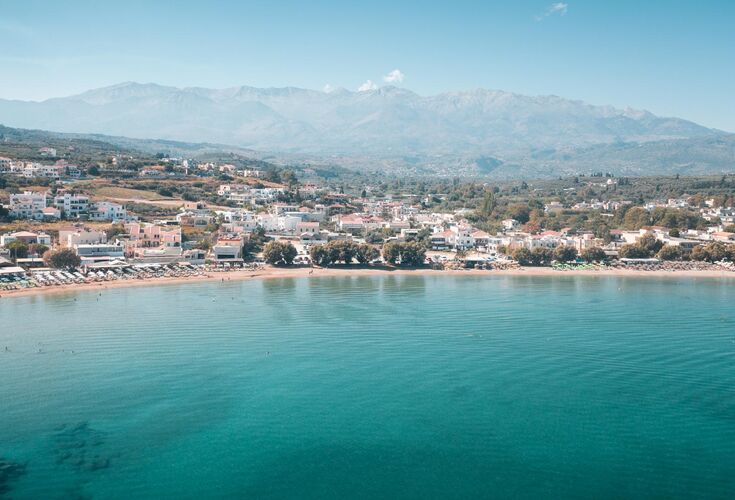
The beauty of Kalyves is that it’s by the sea, meaning that your day village-hopping can begin or end with a cheeky swim. There’s an old and new section to the village, meaning there’s both a traditional feel and all the facilities for you to stock up with provisions for the day. The seafront tavernas are a great option for a seafood meal.
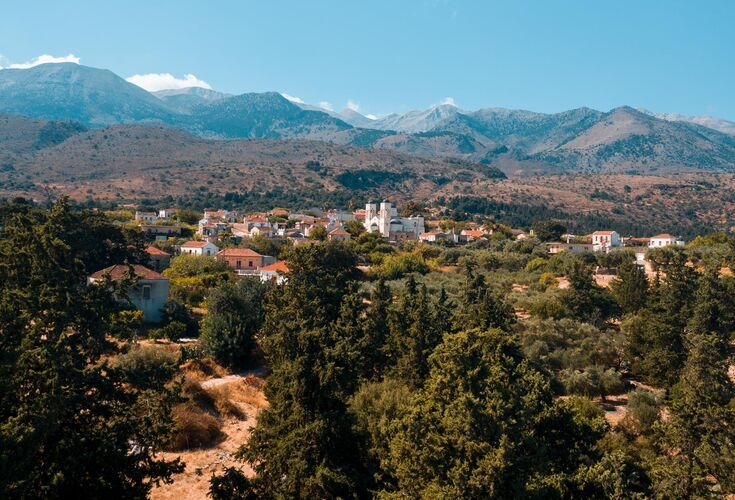
You’re off into the foothills of the White Mountains next, passing by olive groves and vineyards and rising 220m to the village of Fres. Life in Fres centres around the village square, with shops, cafes and tavernas and, just outside town, is the church of Paniagia of Two Rocks (built, as the name suggests, on a rock) in which there is a collection of beautiful frescoes.
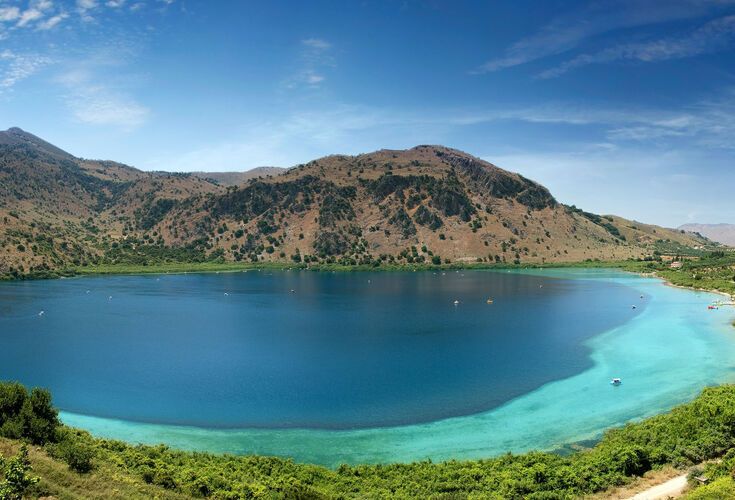
Your final village takes you further into nature as you head to Vrises, situated in a green valley surrounded by running water (its name means ‘sources’). Take your time to enjoy the countryside, with the nearby Lake Kourna being Crete’s only natural lake, before settling down for a meal to remember in a waterfront taverna in the village.
Crete is the largest and southernmost island in Greece, located between the Aegean and Libyan Sea. It has a population of around 630,000. Just above Crete are the Cyclades islands and, to the northeast, the Dodecanese islands.
Crete is divided into four administrative units called prefectures. Chania is in the west, followed by Heraklion, Rethymno and Lassithi. Chania, Heraklion and Rethymno are also the names of the main towns in these prefectures. The capital of Lassithi (the easternmost prefecture) is Agios Nikolaos.
Chania can easily be reached by plane or boat. The airport (international and domestic flights) is 15km (25-30 minutes) from the town centre. You can hire car from the airport, or take a taxi or bus into the city centre. (Tickets are bought on the bus.) There are also daily ferry connections from Piraeus and periodically from islands in the Cyclades and Dodecanese. High-speed ferries (seasonal) reach Chania in 5-7hrs from Piraeus and conventional ferries take 9-12hrs.
Chania (and Crete generally) benefits from very good weather for most of the year, with summer conditions starting earlier and ending later than elsewhere in Greece. It does get busy in the peak summer holiday months (July and August), so come in May-June or September if you can. The ideal months to enjoy a road trip in Crete are April-May and September-November.
There is a good road network in Crete, particularly along the north coast (E75) between the main towns (Chania, Heraklion, Rethymno and Elounda). And there are main roads towards the south and between the main mountain ranges. Just remember that you drive on the left in Greece and that roads between smaller settlements can be narrow and windy, particularly in the mountains. If you are worried, it is best to avoid driving at night on country roads. Look out for the goats. They have right of way.
For all questions relating to insurance and driving licenses, make sure you get advice before arriving in Greece. Your car rental company will be able to advise you.
















